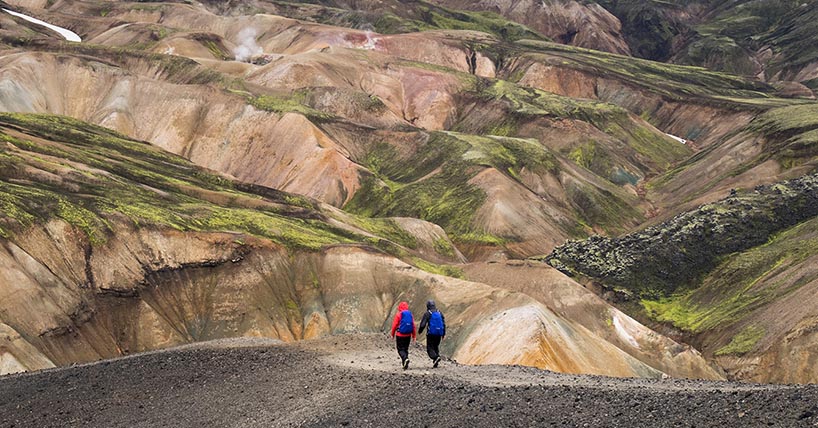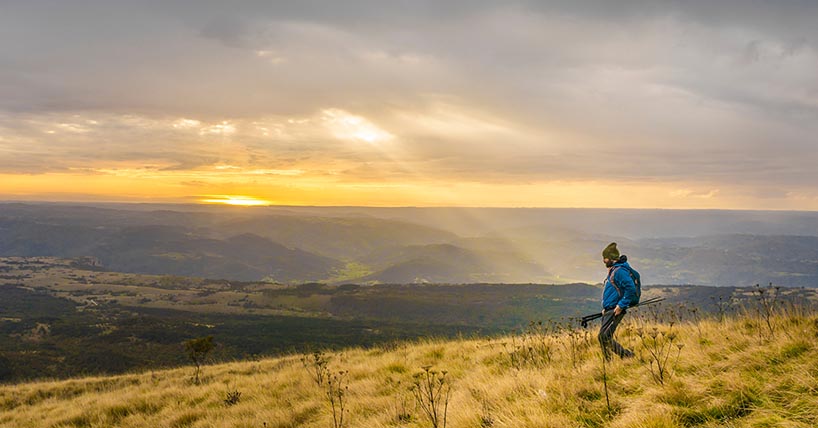McCord Centre for Landscape
People and places of the past and present
We exist to stimulate new approaches to landscapes. Our research focuses on people and places of the past and how this impacts the present. Our mission is to create positive social, cultural and economic results by promoting the value of landscapes, now and for the future.



